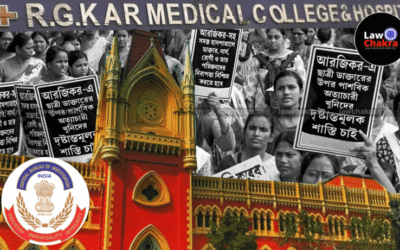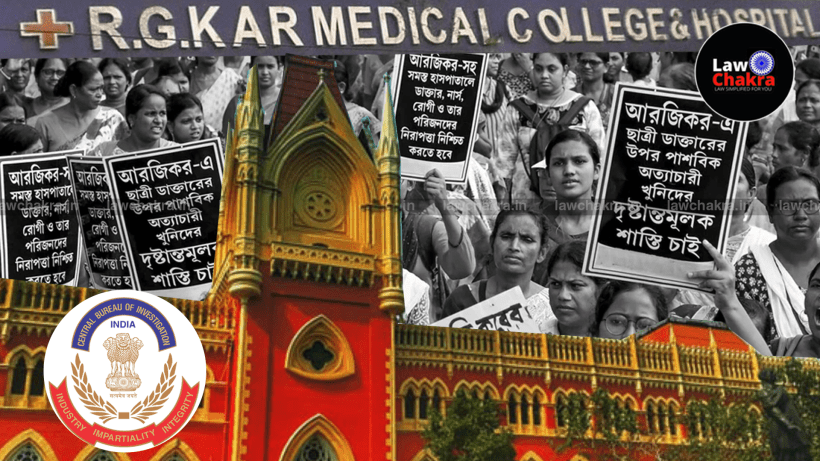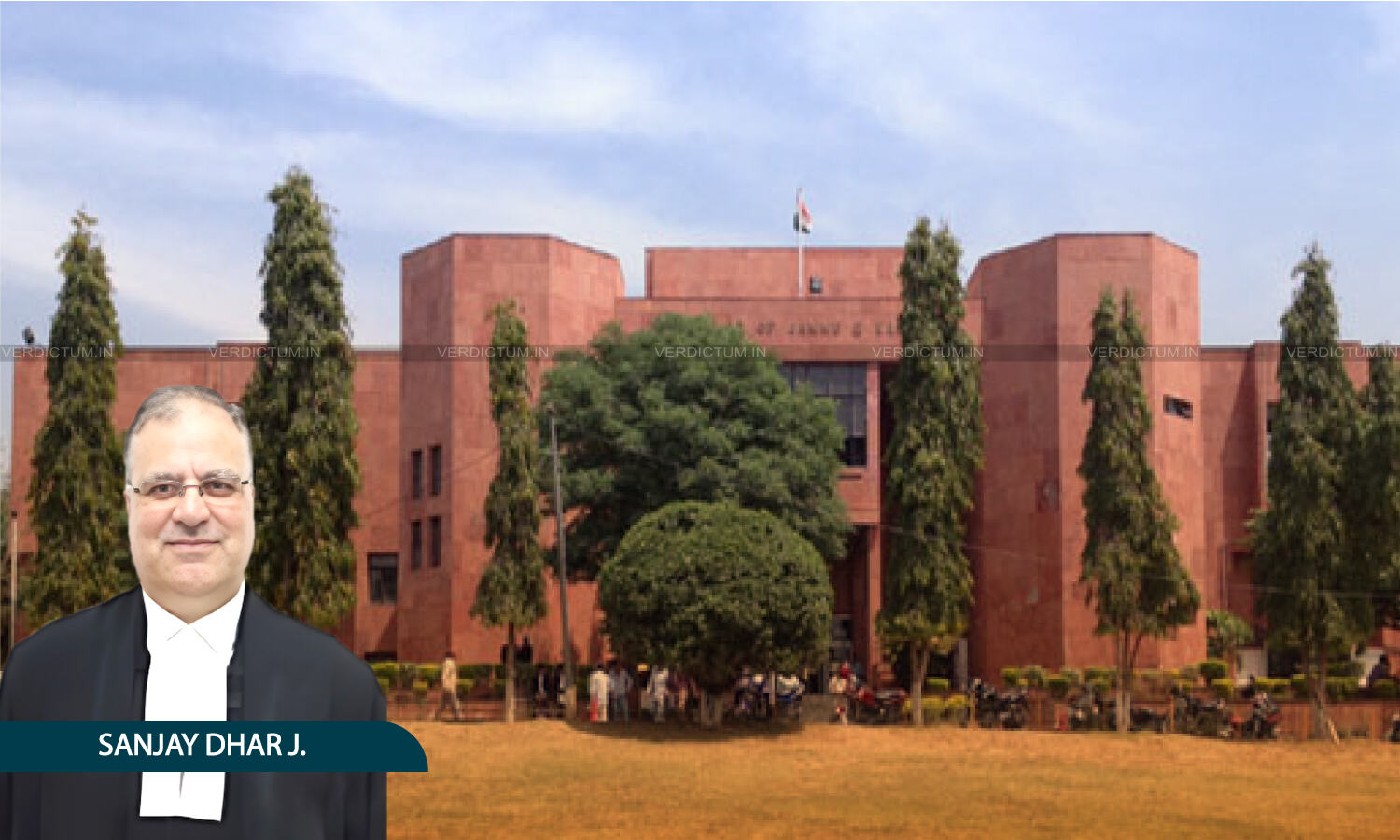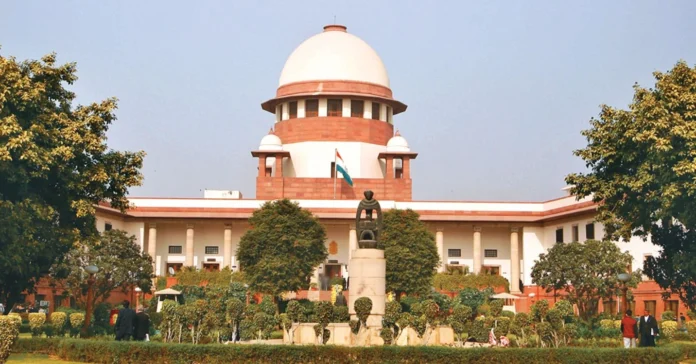CJI Gavai Urged By SCBA To Shift Judicial Museum For Lawyer Chambers During Court Vacation
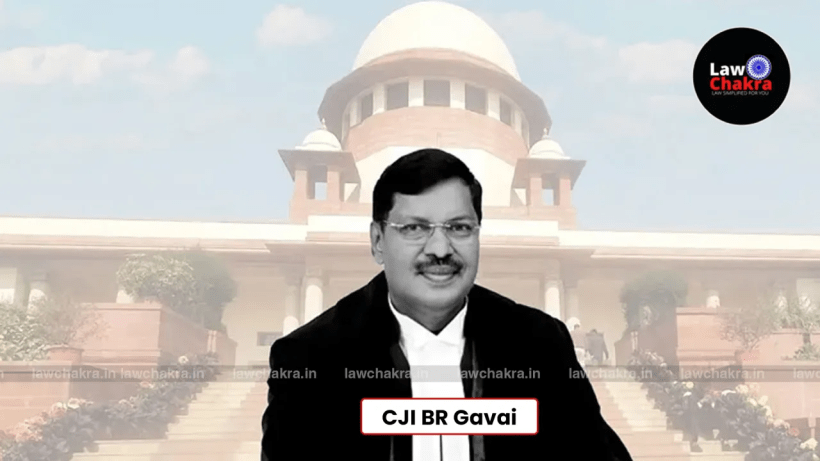
Thank you for reading this post, don’t forget to subscribe!
SCBA President Vikas Singh requests CJI Gavai to relocate the National Judicial Museum to ease access and use the vacated space for lawyers’ chambers. The move aims to resolve infrastructure issues and improve public and Bar convenience.
New Delhi: Today, on June 23, the Supreme Court Bar Association (SCBA), led by its three-term President Mr. Vikas Singh, has written a detailed letter to the Hon’ble Chief Justice of India, Mr. Justice Bhushan Ramkrishna Gavai, requesting urgent action on two key issues during the ongoing summer vacation of the Court.
The letter is aimed at improving infrastructure for advocates and enhancing access for litigants and the public within the Supreme Court premises.
The letter refers to a prior detailed communication dated 24th May, 2025, which had outlined serious concerns over the lack of proper infrastructure for members of the Bar.
ALSO READ: BREAKING | Kapil Sibal Wins SCBA President Elections
In this new letter, the SCBA President reiterates the demand for the relocation of the National Judicial Museum and Archive—currently situated in the high-security zone of the main Supreme Court complex—to the Additional Building Area of the Supreme Court located in the Appu Ghar complex.
Earlier, on 6th November 2024, a letter was also sent to the then Chief Justice, Hon’ble Dr. Justice D.Y. Chandrachud (Retd.), strongly opposing the setting up of the museum inside the Judges’ Library and requesting cancellation of its inauguration, which was scheduled for 7th November 2024.
Mr. Singh had noted that the Bar was not consulted in this decision, despite being an
“equal and essential stakeholder in this institution.”
He further argued that placing the museum
“within a high-security zone renders it unsuitable for Public access.”
The SCBA’s core demands include two interconnected actions:
- Lowering the security level of the Additional Building Area so it matches that of the main court campus chambers.
- Shifting the National Judicial Museum and Archive from the Judges’ Library to the vacant space in the Additional Building.
The letter explains that the Additional Building Complex was initially allotted to Appu Ghar. After the lease expired, the land was reallotted to the Supreme Court for constructing lawyers’ chambers. When Appu Ghar did not vacate the premises, it was the SCBA that filed a case in the Delhi High Court.
Following court directions, the land was eventually handed over. However,
“only a small fraction of the constructed area has actually been utilized for lawyers’ chambers.”
The letter acknowledges the efforts of the current Chief Justice and Hon’ble Justice Surya Kant, which led to the allotment process finally beginning after being stalled for three years.
Mr. Singh also credited them for making the auditorium in the Additional Building Complex available for SCBA events:
“It was also through your efforts that the auditorium in the Additional Building Complex, an infrastructure meant for the entire Supreme Court, was made available for SCBA functions, having previously been withheld.”
However, despite these improvements, many other facilities in the complex, including meeting rooms and common areas, remain inaccessible.
“A primary reason for the limited utilization of these facilities by Bar members is the arbitrary high-security status imposed on the Additional Building Complex, which restricts access and undermines its intended purpose.”
On the issue of the National Judicial Museum and Archive, the SCBA maintains that its current location renders it ineffective:
“The National Judicial Museum and Archive, situated in a high-security zone, remains largely inaccessible to the public due to stringent security protocols, rendering it unfit for its intended purpose.”
The letter suggests that the Judges’ Library, where the museum is currently housed, is a more suitable space for building “soundproof chambers and cubicles” across two floors, which can support virtual court hearings and client meetings.
ALSO READ: SCBA Election Reforms || Justice L Nageswara Rao Committee Invites Lawyers’ Inputs
As for the justification given by the Supreme Court Registry for keeping the Additional Building Complex as a high-security zone—namely the presence of tunnels connecting it to the main Supreme Court building—the SCBA counters this argument by saying:
“With due respect, such reasoning seems to lack merit. Security concerns can be effectively addressed by implementing robust access control measures at the tunnel entry points within the Supreme Court premises, rather than designating the entire Additional Building Area a high-security zone.”
The high-security status, according to Mr. Singh, has become an obstacle not only for lawyers but also for clients. “Clients, the primary beneficiaries of this institution,” find it difficult to access lawyers in their chambers due to restrictions.
He also mentioned difficulties faced by Bar members during important events, including the oath-taking ceremonies and farewell functions, where they had to wait for long hours just to enter:
“Advocates have had to endure long wait times, sometimes standing for hours, simply to proceed inside.”
Revoking the additional security, he argues, would allow easier access for lawyers and clients alike,
“enabling their involvement without undue hardship or delay.”
The SCBA is therefore proposing a simple yet impactful solution: shift the museum to a more accessible building and use its current location to build more infrastructure for lawyers.
“Simultaneously, the vacated museum space can be repurposed to create chambers and cubicles for lawyers, facilitating virtual hearings across various courts and efficient client consultations.”
The letter emphasizes that
“the Bar is an integral part of this esteemed institution, and its needs and requirements are both legitimate and essential to the effective functioning of the judiciary.”
It appeals to the Chief Justice’s sense of fairness and urgency to ensure the infrastructure is aligned with the evolving needs of the legal community.
By addressing the issue during the ongoing vacation, the SCBA believes that
“the judiciary’s commitment to creating a functional and inclusive environment” will be reaffirmed, ultimately benefiting “not only legal practitioners but also the citizens they serve.”
The change would
“provide immediate relief to lawyers and litigants, and would significantly enhance public trust” in the Supreme Court, “an institution built on public resources and dedicated to serving all stakeholders.”
In conclusion, the letter closes with a respectful request for urgent intervention from the Hon’ble Chief Justice and expresses gratitude for his ongoing commitment to justice:
“We are deeply grateful for the steadfast commitment shown to the justice delivery system and respectfully request that, under your esteemed leadership, due priority and attention be accorded to the welfare of the Bar.”
Read Letter:
Click Here to Read More Reports On SCBA

